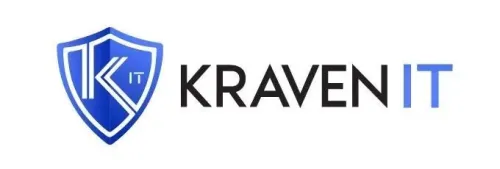A recent report from Check Point Research revealed a startling statistic: nearly half of all phishing attacks globally involve the impersonation of Microsoft-owned LinkedIn.
Scammers often exploit LinkedIn by targeting individuals seeking new job opportunities or career changes. While emails with subjects like "You have 1 new invitation" or "Your profile has been viewed by 63 people" may appear legitimate, it is crucial to verify the sender's email address to confirm it genuinely originates from LinkedIn. These impersonators craft emails that closely mimic authentic ones, directing recipients to counterfeit LinkedIn pages designed to steal personal information upon entry.
Another tactic cybercriminals use involves creating fake LinkedIn profiles to message users about job opportunities. Once a victim shows interest, the scammers either request a small upfront payment to process the application—money that will never be seen again—or provide a link to a form that is actually a disguised phishing link.
LinkedIn is aware of these issues and is actively working on developing advanced security features to protect its users. Here are three of the current security measures it has already implemented:
- Suspicious Message Warnings - LinkedIn's technology can identify messages from individuals trying to lure you away from the platform or those containing potentially inappropriate content, and will alert you with a warning notification.
- Profile Verification - This feature enables you to confirm the authenticity of your page. By providing an additional form of identification, you can obtain a verification badge on your profile, ensuring that viewers can trust your identity. This is particularly valuable because scammers frequently target new victims and their pages are often shut down quickly, meaning they rarely keep their information current.
- Profile Information - This feature provides detailed insights into a person's profile, assisting you in deciding whether to respond to a message, accept a connection request, trust an offer, and more. To access this information on your profile, click "More" and choose "About this profile" from the drop-down menu. Here, you'll find details such as:
- When the profile was created
- When the profile was last updated.
- Whether the member has verified a phone number.
- Whether the member has a work e-mail associated with their account.
- AI-Generated Profile Picture Detection - Scammers are leveraging AI to create highly realistic profile pictures of nonexistent individuals, which they then use to set up fraudulent profiles aimed at deceiving users. Alarmingly, LinkedIn's research revealed that most users could not visually differentiate between genuine faces and these AI-generated ones. Consequently, LinkedIn has collaborated with academic institutions to develop and implement sophisticated detection tools. These tools enable LinkedIn to identify AI-generated profile pictures and deactivate the associated profiles before they can cause any harm.
Do you utilize LinkedIn for job searches, recruiting employees, or acquiring clients? While it's an excellent business resource, maintaining security is crucial. LinkedIn's built-in features provide an initial layer of protection, but they are not foolproof. If someone within your organization were to fall victim to a scam and click on a malicious link, would your internal security measures be robust enough to safeguard your network?
We can help you find out. We'll do a FREE consult to help you determine if your network is vulnerable to any type of attack. To book yours, call us at 866-214-8324




